The Vought F-8 Crusader in brief

The Vought F-8 Crusader was a carrier-based supersonic jet fighter aircraft employed by the United States Navy and Marine Corps. It is notable for its role during the Cold War and the Vietnam War. Here are some key details:
Design and Development:
Manufacturer: VoughtFirst Flight: March 25, 1955
Introduction: 1957
Retired: 1987 (U.S. Navy), 1999 (French Navy)
Role: Fighter aircraft
Nickname: "The Last of the Gunfighters" due to its four 20mm Colt-Browning Mk 12 cannons.
Notable Features:
Variable-incidence wing: The F-8 Crusader had a unique design feature where the entire wing could be raised by 7 degrees to increase lift during takeoff and landing, improving carrier operation performance. Known for its excellent speed and maneuverability, it was one of the few Navy fighters capable of engaging in dogfights with MiG aircraft during the Vietnam War.Work in Progress, release planned 2025
Development
 (To Come)
(To Come)
Design
⚙ Vought F-8 Crusader specifications | |
| Empty Weight | 17,000 pounds (7,711 kg) |
| Max Takeoff weight | 34,000 pounds (15,422 kg) |
| Lenght | 54 feet 6 inches (16.56 meters) |
| Wingspan | 35 feet 8 inches (10.87 meters) |
| Height | 15 feet 9 inches (4.80 meters) |
| Wing Area | 375 square feet (34.8 square meters) |
| Engine | Pratt & Whitney J57-P-20A turbojet engine with afterburner |
| Top Speed, sea level | Mach 1.86 (1,225 mph, 1,975 km/h) |
| Cruise Speed | |
| Range | 1,500 miles (2,410 km) with internal fuel |
| Climb Rate | 25,000 feet per minute (127 meters per second) |
| Ceiling | 58,000 feet (17,700 meters) |
| Armament | 4× 20mm Colt-Browning Mk 12 cannons, 2 underwing pylons for AIM-9 Sidewinder, Zuni rockets, AGM-12 Bullpup, Bombs |
| Crew | 1 pilot |
Combat Records

Combat Performance: F-8 pilots achieved a kill ratio of 19:3 during the Vietnam War, demonstrating its effectiveness as a fighter aircraft. Operational History: Vietnam War: Played a significant role in aerial combat and ground-attack missions. The F-8 was used extensively for air superiority, close air support, and reconnaissance missions. Reconnaissance Role: The RF-8A/G photo-reconnaissance variant was highly successful and provided critical intelligence during numerous conflicts.
End of Service: The F-8 was gradually replaced by the more advanced F-4 Phantom II in the 1970s, but some variants continued in service until the late 1980s. Impact: The F-8 Crusader is remembered for its contributions to naval aviation and its impressive combat record. It bridged the gap between the subsonic fighters of the Korean War era and the more advanced supersonic jets that followed. Museums and Displays: Several F-8 Crusaders are preserved in museums across the United States, serving as a testament to its storied history and technological achievements. The Vought F-8 Crusader remains an iconic aircraft in the history of naval aviation, celebrated for its performance, innovative design, and combat prowess.
Gallery:

F8E, VF-88 CVAN-65, USS Enterprise 1965

FN-14F Landivisiau July 1985

8E (FN) modernized in 1986 with its new livery, Flotilla 12F.







F8E, VF-88 CVAN-65, USS Enterprise 1965

FN-14F Landivisiau July 1985

8E (FN) modernized in 1986 with its new livery, Flotilla 12F.
Photos






Videos:
The Models Corner:
-To come- Lohner E (1913)
- Macchi M3 (1916)
- Macchi M5 (1918)
- Ansaldo ISVA (1918)
- Sopwith Baby (1916)
- Short 184 (1916)
- Fairey Campania (1917)
- Sopwith Cuckoo (1917)
- Felixstowe F.2 (1917)
- Friedrichshafen FF 33 (1916)
- Albatros W4 (1916)
- Albatros W8 (1918)
- Hanriot HD.2
- Grigorovitch M5
- IJN Farman MF.7
- IJN Yokosho Type Mo
- Yokosho Rogou Kougata (1917)
- Yokosuka Igo-Ko (1920)
- Curtiss N9 (1916)
- Aeromarine 39
- Vought VE-7
- Douglas DT (1921)
- Boeing FB.5 (1923)
- Boeing F4B (1928)
- Vought O2U/O3U Corsair (1928)
- Blackburn Blackburn (1922)
- Supermarine Seagull (1922)
- Blackburn Ripon (1926)
- Fairey IIIF (1927)
- Fairey Seal (1930)
- LGL-32 C.1 (1927)
- Caspar U1 (1921)
- Dornier Do J Wal (1922)
- Rohrbach R-III (1924)
- Mitsubishi 1MF (1923)
- Mitsubishi B1M (1923)
- Yokosuka E1Y (1923)
- Nakajima A1N (1927)
- Nakajima E2N (1927)
- Mitsubishi B2M (1927)
- Nakajima A4N (1929)
- CANT 18
WW1
✠ K.u.K. Seefliegerkorps:
 Italian Naval Aviation
Italian Naval Aviation
 RNAS
RNAS
 Marineflieger
Marineflieger
 French Naval Aviation
French Naval Aviation
 Russian Naval Aviation
Russian Naval Aviation
 IJN Air Service
IJN Air Service
 USA
USA
Interwar
 Interwar US
Interwar US
 Interwar Britain
Interwar Britain
 Interwar France
Interwar France
 Interwar Germany
Interwar Germany
 Interwar Japan
Interwar Japan
 Interwar Italy
Interwar Italy
- Curtiss SOC seagull (1934)
- Grumman FF (1931)
- Curtiss F11C Goshawk (1932)
- Grumman F2F (1933)
- Grumman F3F (1935)
- Northrop BT-1 (1935)
- Grumman J2F Duck (1936)
- Consolidated PBY Catalina (1935)
- Brewster/NAF SBN-1 (1936)
- Curtiss SBC Helldiver (1936)
- Vought SB2U Vindicator (1936)
- Brewster F2A Buffalo (1937)
- Douglas TBD Devastator (1937)
- Vought Kingfisher (1938)
- Curtiss SO3C Seamew (1939)
- Douglas SBD Dauntless (1939)
- Grumman F4F Wildcat (1940)
- F4U Corsair (NE) (1940)
- Brewster SB2A Buccaneer (1941)
- Grumman TBF/TBM Avenger (1941)
- Consolidated TBY Sea Wolf (1941)
- Grumman F6F Hellcat (1942)
- Curtiss SB2C Helldiver (1942)
- Curtiss SC Seahawk (1944)
- Grumman F8F Bearcat (1944)
- Ryan FR-1 Fireball (1944)
- Douglas AD-1 Skyraider (1945)
Fleet Air Arm
- Fairey Swordfish (1934)
- Blackburn Shark (1934)
- Supermarine Walrus (1936)
- Fairey Seafox (1936)
- Blackburn Skua (1937)
- Short Sunderland (1937)
- Blackburn Roc (1938)
- Fairey Albacore (1940)
- Fairey Fulmar (1940)
- Grumman Martlet (1941)
- Hawker sea Hurricane (1941)
- Brewster Bermuda (1942)
- Fairey Barracuda (1943)
- Fairey Firefly (1943)
- Grumman Tarpon (1943)
- Grumman Gannet (1943)
- Supermarine seafire (1943)
- Blackburn Firebrand (1944)
- Hawker Sea Fury (1944)
IJN aviation
- Aichi D1A "Susie" (1934)
- Mitsubishi A5M "Claude" (1935)
- Nakajima A4N (1935)
- Yokosuka B4Y "Jean" (1935)
- Mitsubishi G3M "Nell" (1935)
- Nakajima E8N "Dave" (1935)
- Kawanishi E7K "Alf" (1935)
- Nakajima B5N "Kate" (1937)
- Kawanishi H6K "Mavis" (1938)
- Aichi D3A "Val" (1940)
- Mitsubishi A6M "zeke" (1940)
- Nakajima E14Y "Glen" (1941)
- Nakajima B6N "Jill" (1941)
- Mitsubishi F1M "pete" (1941)
- Aichi E13A Reisu "Jake" (1941)
- Kawanishi E15K Shiun "Norm" (1941)
- Nakajima C6N Saiun "Myrt" (1942)
- Yokosuka D4Y "Judy" (1942)
- Kyushu Q1W Tokai "Lorna" (1944)
Luftwaffe
- Arado 196 (1937)
- Me109 T (1938)
- Blohm & Voss 138 Seedrache (1940)
Italian Aviation
- Savoia-Marchetti S.55
- IMAM Ro.43/44
- CANT Z.501 Gabbiano
- CANT Z.506 Airone
- CANT Z.508
- CANT Z.511
French Aeronavale
- GL.300 (1926-39)
- Levasseur PL.5 (1927)
- Potez 452 (1935)
- Loire 210 (1936)
- Loire 130 (1937)
- LN 401 (1938)
Soviet Naval Aviation
- Shavrov SH-2 (1928)
- Tupolev TB-1P (1931)
- Beriev MBR-2 (1930)
- Tupolev MR-6 (1933)
- Tupolev MTB-1 (1934)
- Beriev Be-2 (1936)
- Polikarpov I16 naval (1936)
- Tupolev MTB-2 (1937)
- Ilyushine DB-3T/TP (1937)
- Beriev Be-4 (1940)
-
Skoda Š-328V
R-XIII Idro
Fokker C.XI W (1934)
WW2
- De Havilland Sea Vixen
- Hawker Sea Hawk
- Supermarine Scimitar
- Blackburn Buccaneer
- Hawker Sea Harrier
- Douglas A4 Skyhawk
- Grumman F9F Panther
- Vought F8 Crusader
- McDonnell-Douglas F-4 Phantom-II
- North Am. A5 Vigilante
- TU-142
- Yak 38 forger
☢ Cold War
✧ NATO
 Fleet Air Arm
Fleet Air Arm
 US Navy
US Navy
☭ Warsaw Pact
Merch
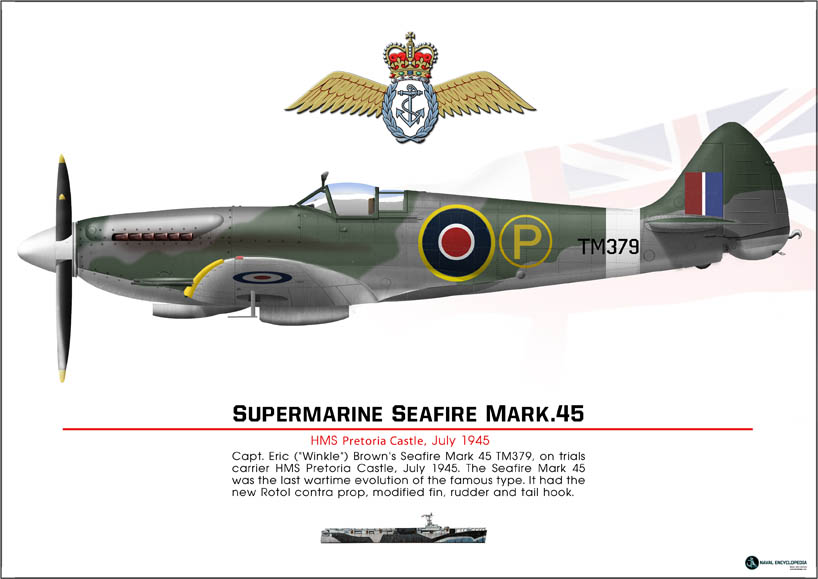
Seafire Mark 45; HMS Pretoria Castle
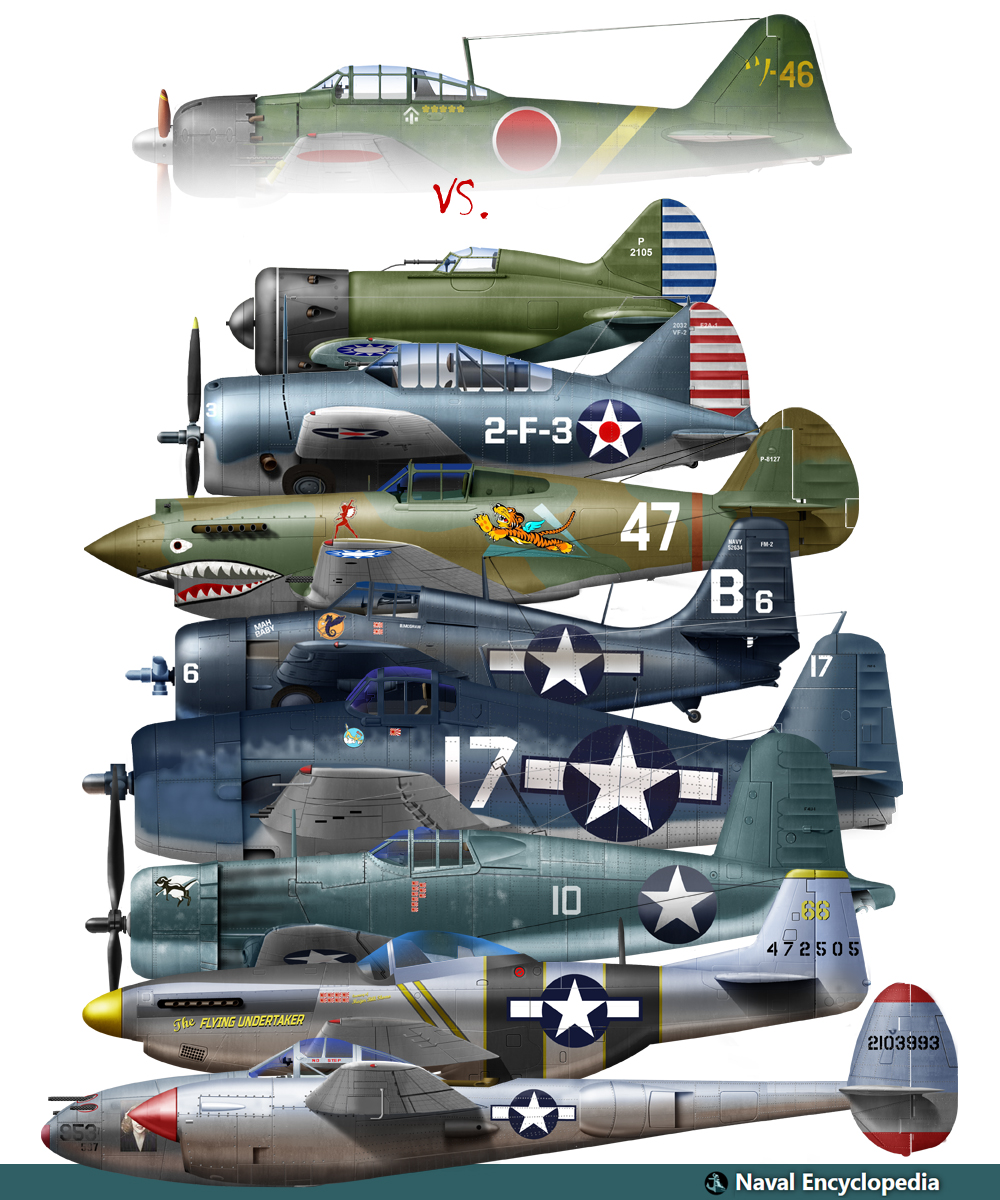
Zeros vs its aversaries
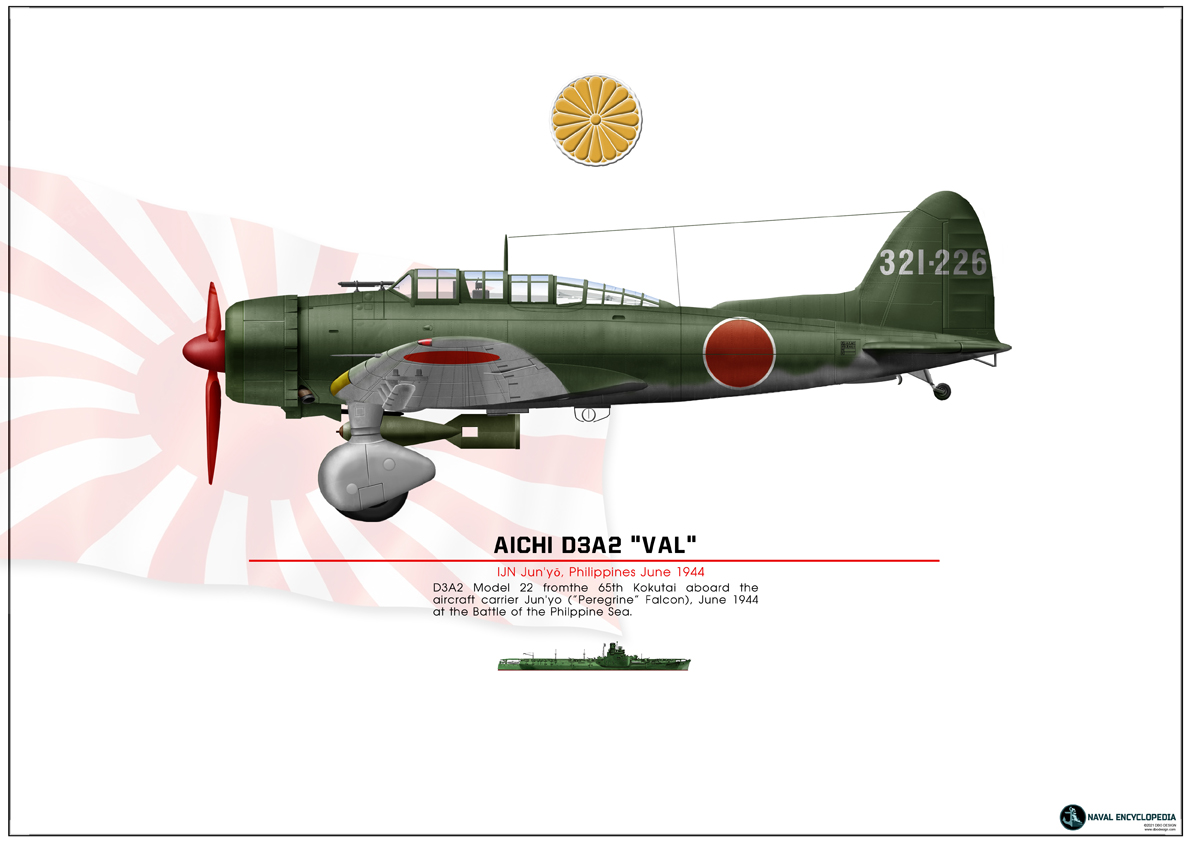
Aichi D3A “Val” Junyo
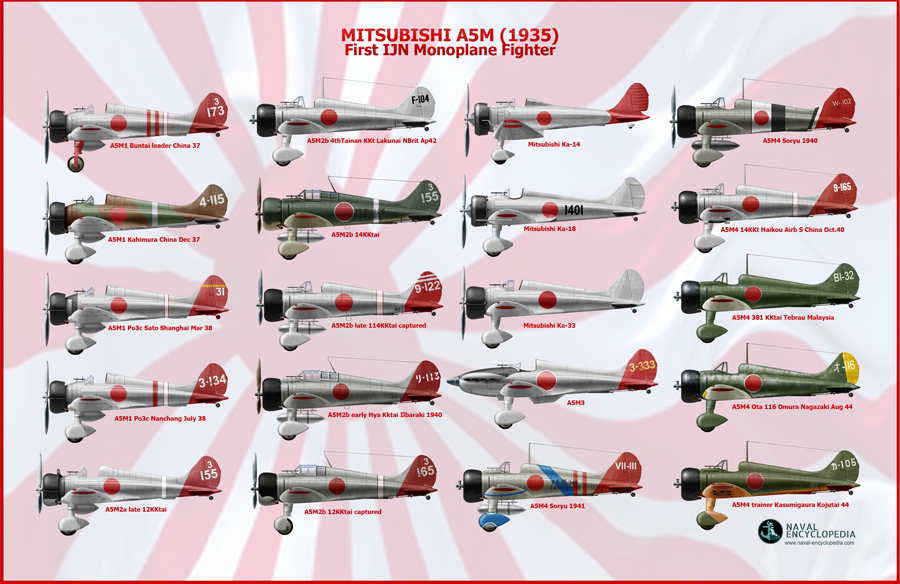
Mitsubishi A5M poster
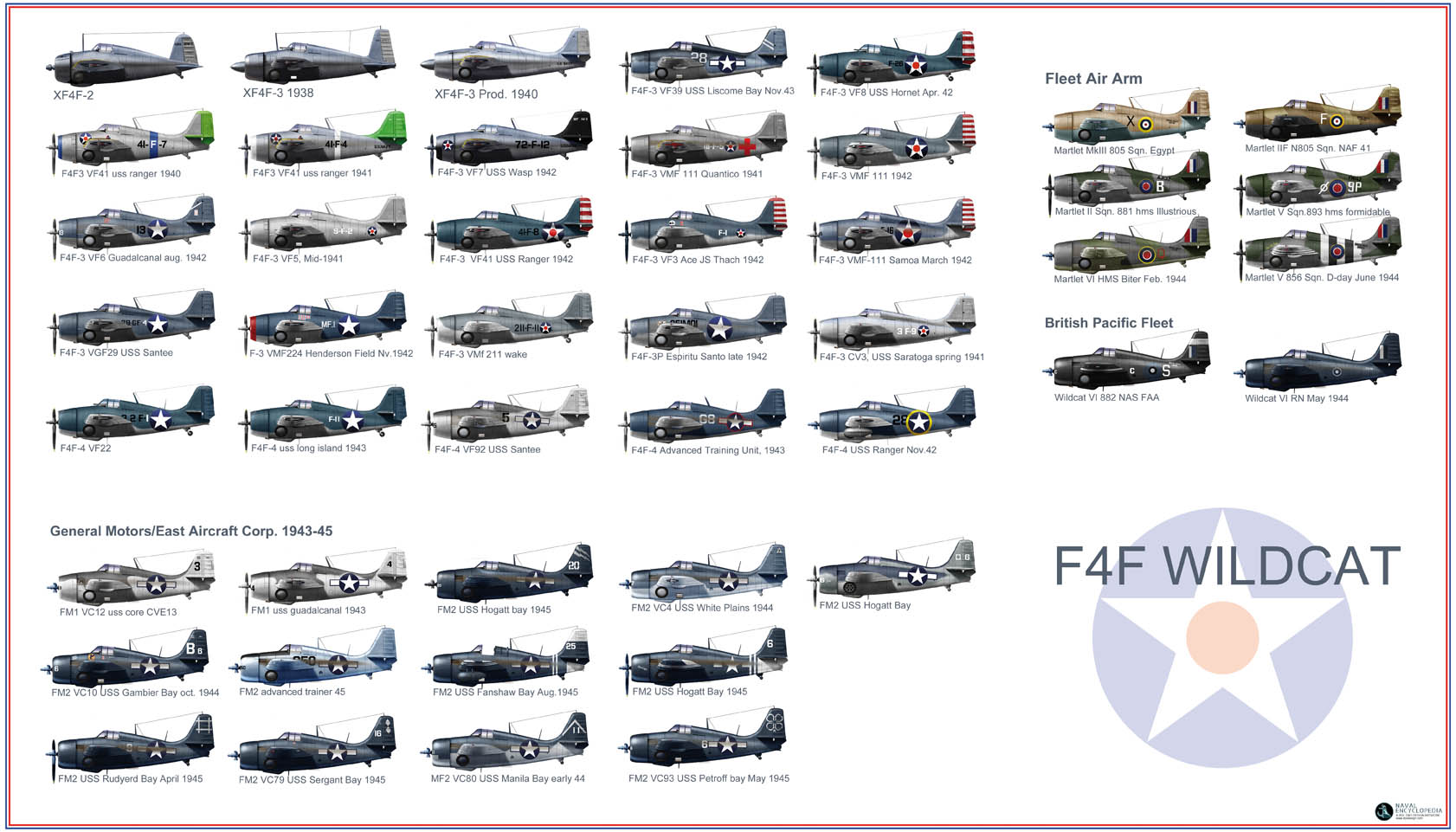
F4F wildcat
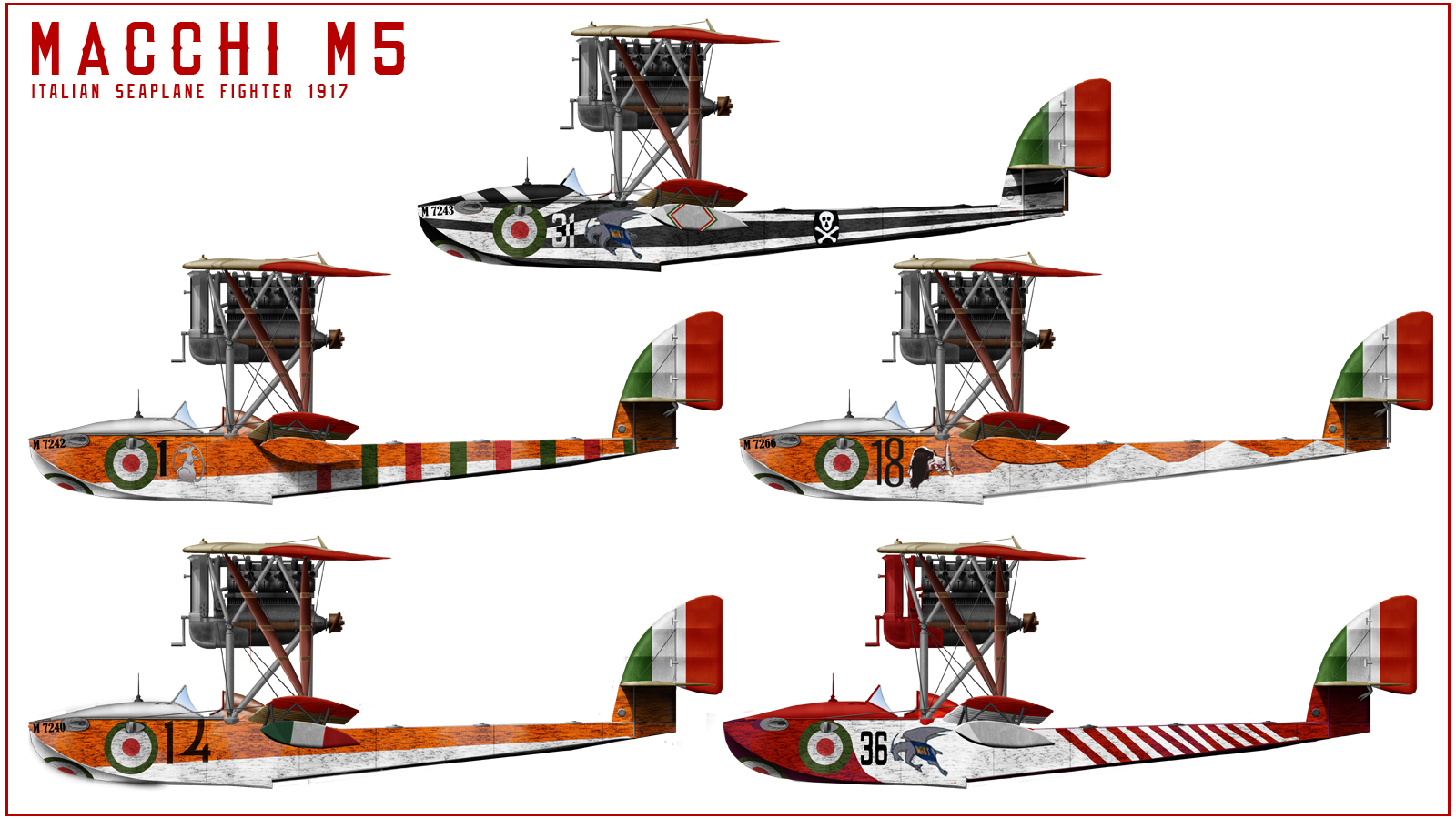
Macchi M5
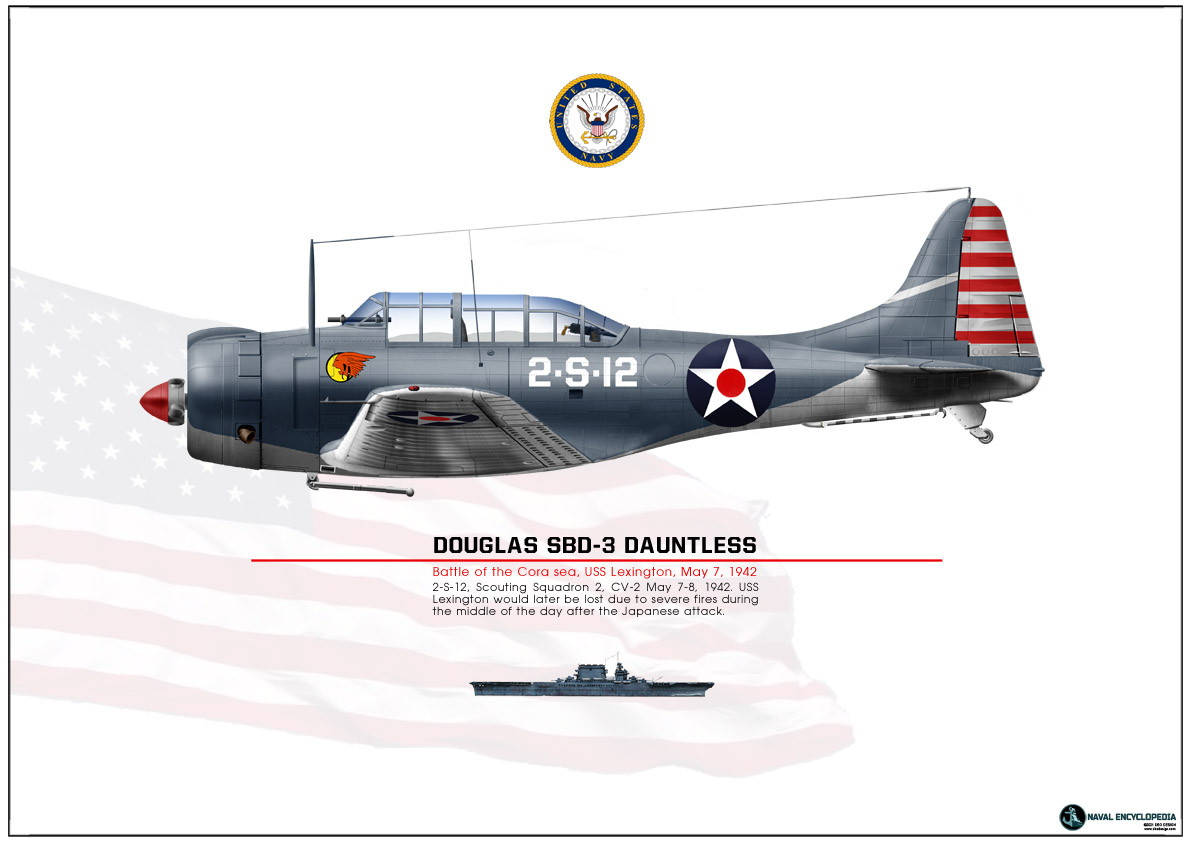
SBD Dauntless Coral Sea
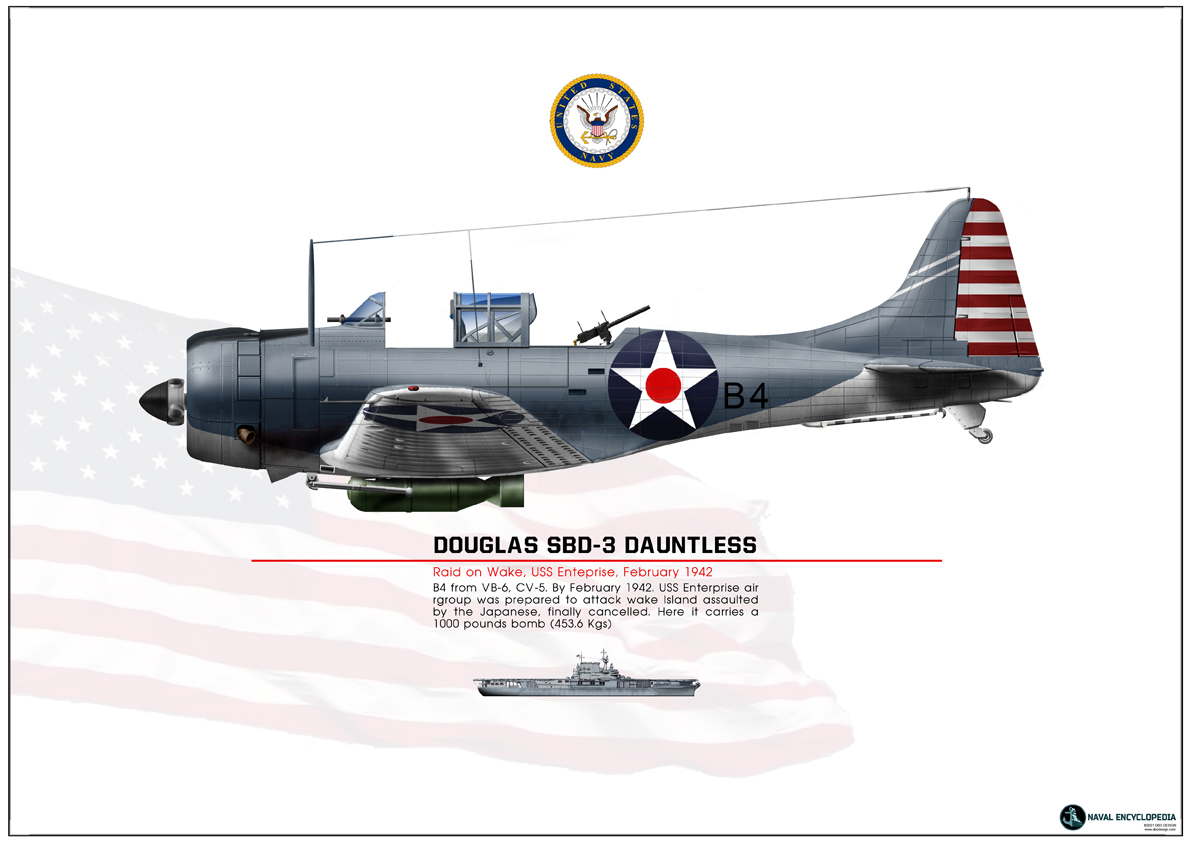
SBD Dauntless USS Enterprise
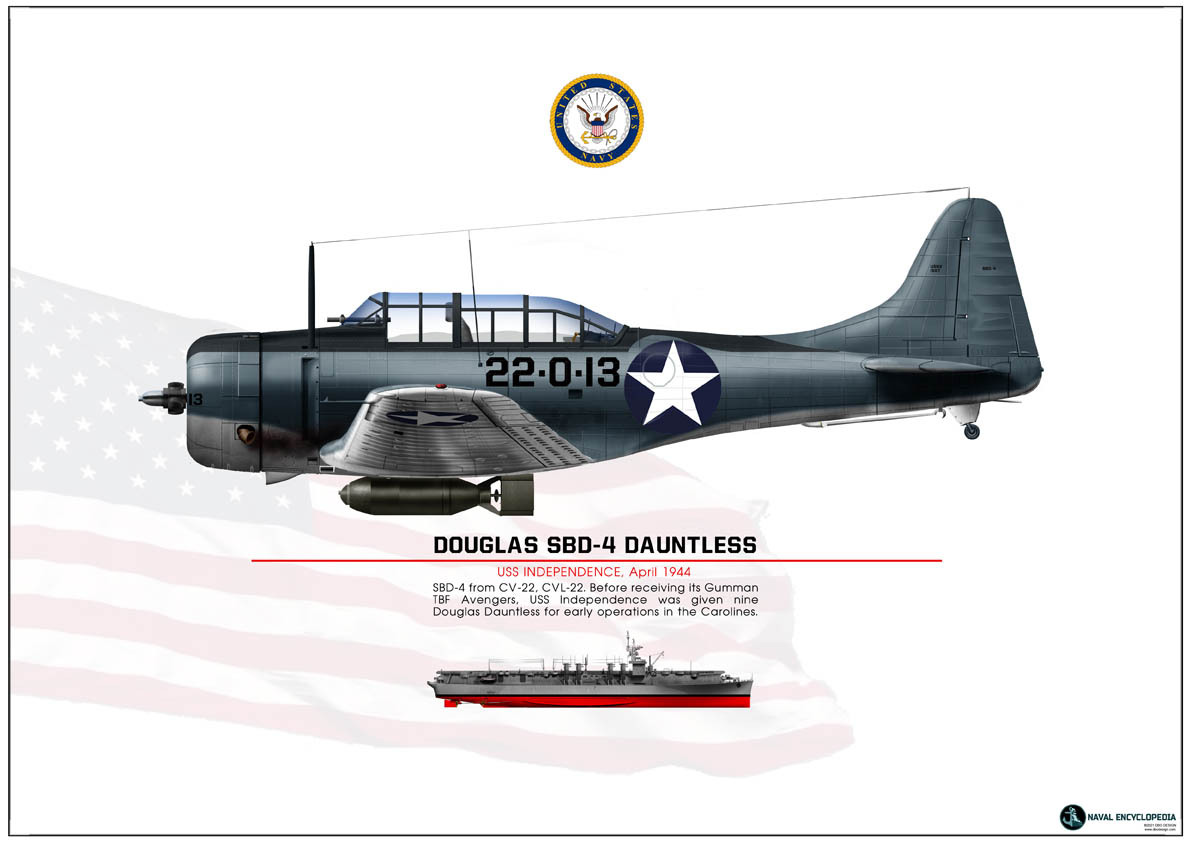
SBD-4 CV22
